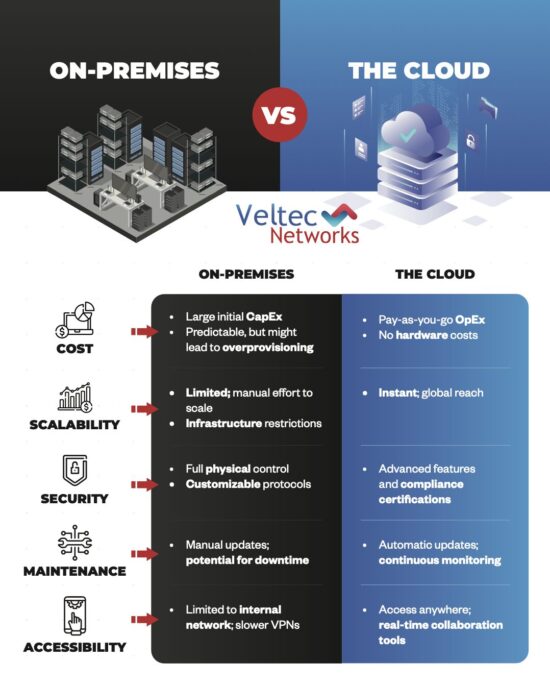Social Engineering: Definition, Attack Techniques and Prevention Methods
One thing that most cybercriminals have in common is that they are master manipulators. Even so, that’s not to say that they’re all manipulators of technology – some of them prefer the art of human manipulation.
In short, they prefer social engineering – exploiting human behavior and errors to conduct a cyberattack. Social engineering attacks can be as simple as a threat actor impersonating an IT professional and requesting your login information to patch up a security flaw on your device.
Suppose you give them this information; you’ll have handed a malicious person the keys to your files and accounts without them even going through the trouble of hacking your computer. In this post, we’ll take an in-depth look at different social engineering techniques and ways of preventing these attacks.
But first, a quick definition of what social engineering is.

What Is Social Engineering?
Social engineering is the art of manipulating people so that they can give up confidential information. The types of information that cybercriminals seek using this attack technique vary. However, when cybercriminals target an individual, they usually trick them into giving up their bank information, passwords, or access to their computer.
Cybercriminals use this technique because it’s often easier to exploit someone’s natural inclination to trust than it is to find ways to hack a software.
Types of Social Engineering Attacks
Social engineering attacks come in several ways and can be conducted anywhere that involves human interaction. Here are some of the most common types of social engineering attacks:
1. Phishing
Phishing scams are text messages and email campaigns aimed at creating a sense of curiosity, urgency, or fear in victims. These attacks prod victims into revealing confidential information, clicking malicious links, or opening malware-infested attachments.
An example of a phishing attack is when threat actors email users of a given online service, alerting them of a policy breach that necessitates immediate action from them, such as a password change. It includes a link to an illegitimate site that resembles a legitimate version –prompting the unsuspecting user to key in their current credentials and new password. Upon doing this, the information is sent to the attacker.
2. Baiting
Just as the name suggests, baiting attacks make use of false promises to pique the curiosity or greed of a victim. Baiting attacks lure victims into a trap that either infests their system with malware or steals their personal information.
The most reviled type of baiting utilizes physical media to disperse malware. For instance, attackers leave the bait –usually malware-infected flash drive in a noticeable place where the victim is bound to see them. The bait normally has an authentic appearance to it, like a label presenting it as the company’s payroll list.
3. Scareware
This form of social engineering involves victims being bombarded with fictitious threats or false alarms. The victims are duped into thinking that their system is infected with malware. This prompts them to install software that doesn’t benefit them in any way (it only benefits the threat actor).
A common scareware example is the legitimate-looking pop-up banners that appear in your browser as you surf the web. The pop-ups usually display such text as “your PC has been infected with malicious spyware programs.” It will then direct you to a malicious site where your PC will be infected. Alternatively, it can offer to install the software (that’s infected with malware) for you.
4. Pretexting
In these attacks, the threat actor obtains information via a series of cleverly crafted lies. These scams are usually initiated by an attacker pretending to require sensitive information from a victim to perform a critical task.
The perpetrator often begins by establishing trust with their victim by impersonating trusted entities such as banks, police, tax officials, and other individuals who have the right to know authority. The threat actor asks questions that are ostensibly needed to confirm a victim’s identity (social security numbers, phone numbers, personal addresses, bank records, etc.).
5. DNS Spoofing
DNS spoofing involves manipulation of browsers so that internet users get redirected to a malicious site bent on stealing confidential information. In short, DNS spoofing is when your cache is poisoned with malicious redirects.
6. Quid Pro Quo
A quid pro quo simply means a favor for a favor. Basically, I give you this, and you give me that. When it comes to quid pro quo attacks, the victim is duped into divulging sensitive information such as account logins, after which the threat actor fails to keep their end of the bargain.
7. Watering Hole Attacks
This is a one-sweep attack that infects a single webpage with malware. The webpage is almost always on a popular website – or a virtual watering hole, if you will. This is to ensure that the malware can affect as many victims as possible.
Tips for Avoiding Becoming a Victim of Social Engineering Attacks
Follow these tips to increase your vigilance in relation to social engineering attacks:
- Don’t open attachments and emails from suspicious sources: Suppose you don’t know the sender in question; you need not open the email. Even if you know them, and you find their message to be suspicious, cross-check first before opening the emails.
- Be wary of tempting offers: In case an offer sounds too good, think twice before accepting it as fact. Researching it to determine its legitimacy can help you avoid falling into a trap.
- Use two-factor authentication: Using two-factor authentication helps ensure your account is protected in the event that your system is compromised.
- Keep your anti-malware/antivirus software updated: Ensure automatic updates are engaged.
- Use strong, unique passwords: This will ensure that threat actors don’t easily breach your accounts. Also, be sure to change them often.
- Use a virtual private network: This will help ensure that hackers don’t access your network when using public Wi-Fi.
- Use cybersecurity software to enhance the security of your network and devices.
Veltec Networks Can Help Protect Your Business Against Social Engineering Attacks
Veltec Networks offers a wide range of security solutions, including firewall & network security, security awareness training, data backup services, penetration testing, among others. When you hire Veltec as your trusted security partner, you’ll have a team of IT experts making sure your customer records, accounting data, computer network, and emails are secure from social engineering attacks and all other threats. Contact us today to get started.






